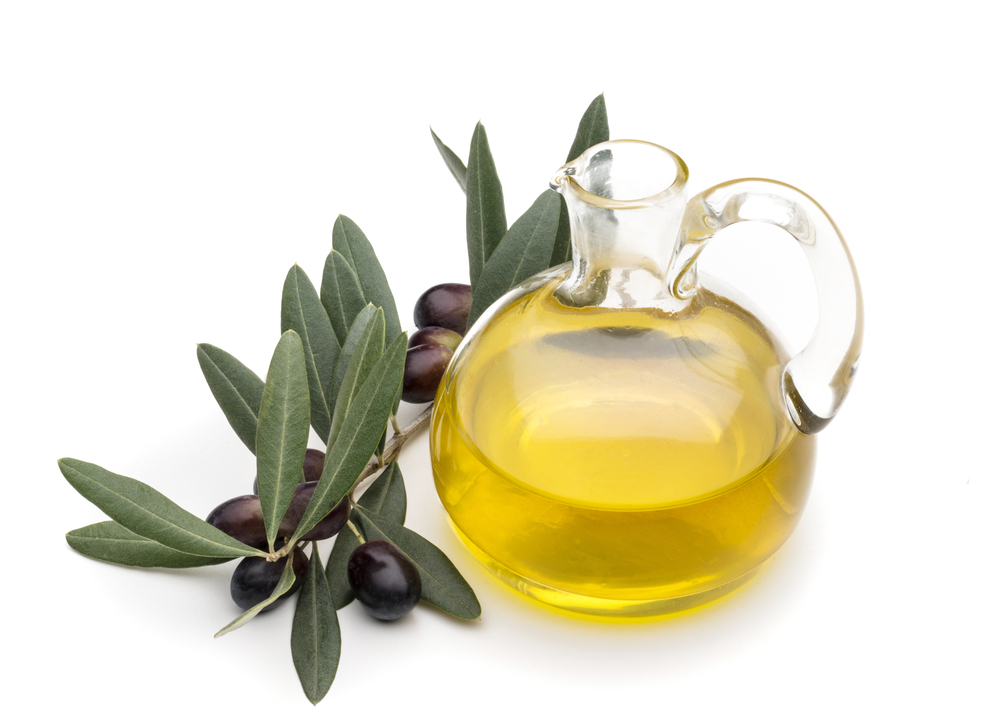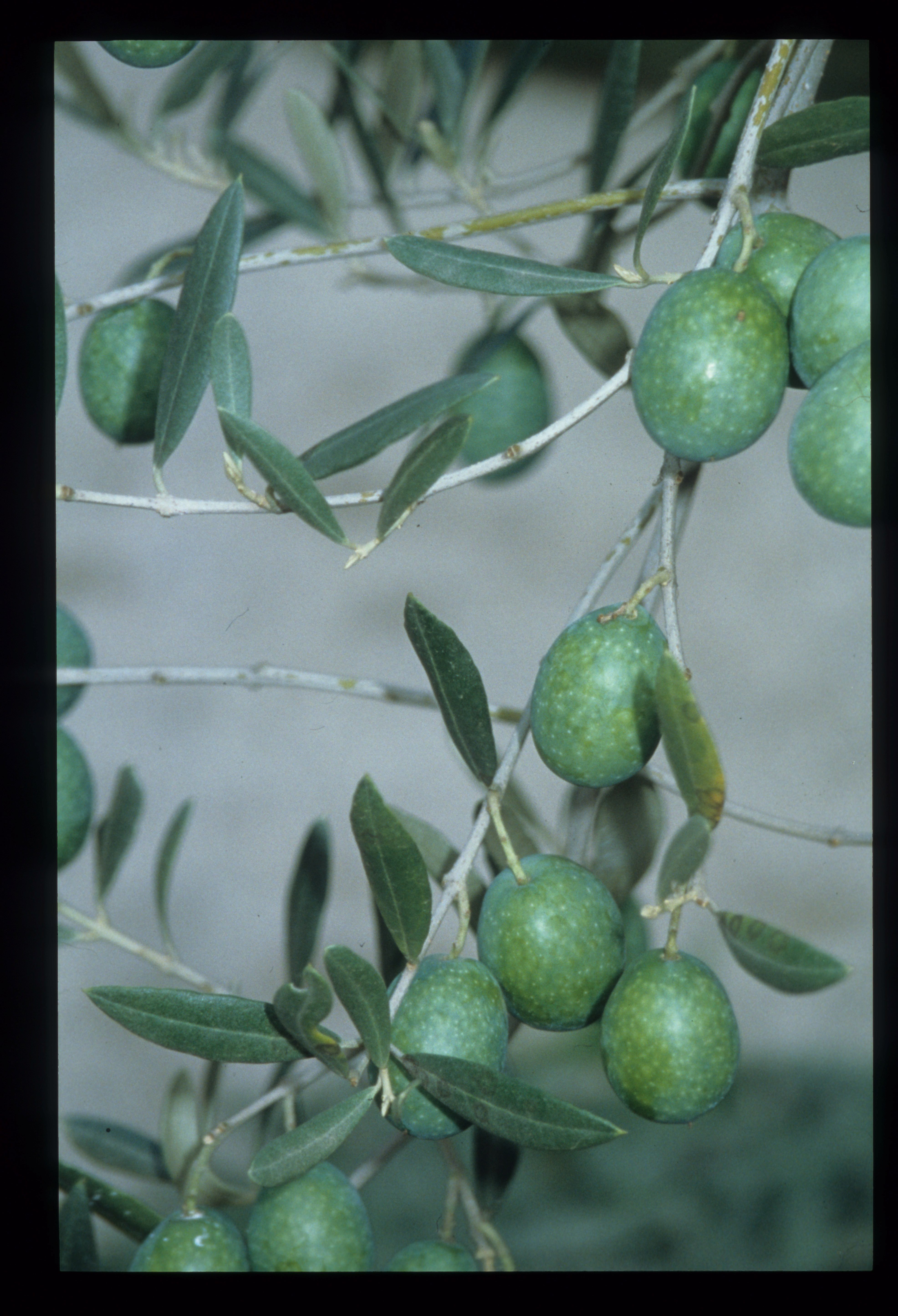
Is Your Olive Oil As Healthy As You Think? (Op-Ed)

Katherine Tallmadge, M.A., R.D., is a registered dietitian; author of "Diet Simple: 195 Mental Tricks, Substitutions, Habits & Inspirations" (LifeLine Press, 2011); and a frequent national commentator on nutrition topics. This article was adapted from one that first appeared in the Washington Post. Tallmadge contributed this article to LiveScience's Expert Voices: Op-Ed & Insights.
The expensive olive oil in your kitchen cabinet is likely not as fresh, nutritious or high in quality as you assume it might be. Does that mean you won't receive the expected health benefits when using olive oil purchased from America's grocery shelves? Possibly.
This issue first came to my attention at a Mediterranean Diet Conference I attended in Florence, Italy, co-sponsored by New York University's Department of Dietetics and the James Beard Foundation.
You feel good about using olive oil, right? You know it's good for you, tasty and easy to use. Still, to get the most benefits — and the best bang for your buck — there's more you should know. [4 Tips for Finding Time for Healthy Cooking]
"The health benefits of olive oil are 99 percent related to the presence of the phenolic compounds, not the oil itself," said Nasir Malik, research plant physiologist at the U.S. Department of Agriculture (USDA)'s Agricultural Research Service.
Malik is referring to the polyphenols in olive oil, nutrients also found in wine, tea, cocoa and many fruits and vegetables that have been discovered over the past decade to be the substances responsible for the bulk of olive oil's health benefits, without which "you might as well use canola oil," Malik said.
And when tested, polyphenols were surprisingly low in most commercially available olive oils, according to a recently published study conducted by the Agricultural Research Service, co-authored by Malik.
Get the world’s most fascinating discoveries delivered straight to your inbox.
They also don't live up to international or USDA quality standards, according to studies conducted by the University of California at Davis (UC-Davis) Olive Center.
The good stuff
Polyphenols decrease heart disease risk factors by lowering blood pressure and cholesterol, reducing blood clotting and improving the health of artery linings.
Researchers have discovered genes that, when activated, either increase or reduce your chances for metabolic syndrome, the name for a group of risk factors (high blood pressure, cholesterol and glucose) that together increase the risk for heart disease, America's No. 1 killer.
Fresh, high-polyphenol olive oil affects the expression of those genes in a positive way, reducing your risk for metabolic syndrome and heart disease. But, low-polyphenol olive oil does not have the same effects,a recent study found.
Polyphenols also reduce cancer risk by lowering inflammation and cellular proliferation. They act as antioxidants, reducing oxidation and cell damage, which leads to many degenerative diseases. They even reduce microbial activity and infections.
Those biological benefits explain, in part, why the Mediterranean diet, high in olive oil, has been linked with superior health. But there is an advantage even the poorest of the poor in Mediterranean countries have enjoyed since at least 4000 B.C.: freshly harvested olive oil. That's because olives were growing on trees in people's backyards; it was plentiful and cheap. But its freshness had been taken for granted. [The Origins of the Olive Tree Revealed]
Waning quality
Studies show that as days, weeks and months go by after harvest, the polyphenol content and health benefits of the oil diminish.
"Think of olive oil as olive juice with a maximum two-year shelf life," said Selina Wang, research director at the UC-Davis Olive Center.
Several factors are responsible for the polyphenol content of olive oil, according to the experts:
- Harvesting method: Rougher treatment and exposure to the elements reduces polyphenols.
- The age of the trees: Older trees contain significantly higher polyphenol content.
- Olive maturation: Green olives contain more polyphenols than ripe olives, though it's easier to extract more oil from riper olives.
- Processing: The less processing, the better. "Extra virgin" olive oil, which is cold-pressed only once, has the highest polyphenol levels. Two presses ("virgin" olive oil), reduces polyphenol content further, and oil with three extractions contains only about half the value of "virgin" olive oil. Highly refined or "light" olive oils, which use heat or chemicals in the refining process, have significantly lower polyphenol levels.
- Storage: Any exposure of the harvested olives or the oil to heat, light or air will reduce polyphenol content. (If you're using extreme heat in cooking, you'll most likely lose the polyphenols anyway, so you might as well use canola oil, which contains more heart-healthy omega-3 fatty acids.) [5 'Health Foods' You Should Avoid (Op-Ed)]
The quest
Marcia Horting and her husband, Marc Marzullo, who visit Italy regularly, are on a constant quest for great olive oil. "We look for oils produced by single vineyards, co-ops in small towns like Volpaia, or high-quality Tuscan producers that are grassy and spicy," said Horting, a consultant in Gaithersburg, Md. She has noticed that in the bigger stores in Paris and Rome serving tourists, "older olive oils are sold at the same prices as the more recent harvest."
Luckily, you no longer have to travel to Italy for high-quality extra virgin olive oils, as they are now being produced in the United States. They're more likely to be fresh — and with a price you can afford. California is the leader of the olive oil-producing states, but Texas, Oregon, Arizona and Georgia are producing a small amount.
It's tricky to know if the olive oil you're buying is high-quality, fresh extra virgin olive oil. In most U.S. stores, I have found olive oil with harvest dates on perhaps one out of 20 bottles. Some have "sell-by" dates, which are usually two years after harvest (already too old!), though there are no standards for a sell-by date, so there is no guarantee how old your olive oil is unless there is a harvest date. Olives are harvested once annually, usually in the fall/winter, depending on the region.Look for a harvest date within the past year.
Even if it has a harvest date, you still won't know whether an olive oil has been harvested and handled to maximize polyphenol content.
The way I handle this is by going to a specialty shop where the owners are familiar with the olive farm from which the olives were harvested and the oil processed, or somewhere that I know sells California or Texas olive oil. I make sure the container is opaque. It has to have a harvest date within the past year. I keep it in a cool, dark cabinet at home, and use it up quickly. I save expensive olive oil for drizzling on salads and use canola oil for cooking, especially with high heat.
The more consumers demand harvest dates and proper handling, the more these products will become available.
What to look for
Advice from Dan Flynn, executive director of the UC-Davis Olive Center:
- Look for a harvest date on the label (it should be no more than one year old). Freshness is important for quality and nutrition. Some retailers are becoming more savvy about this.
- Color is not an indicator of freshness. Some people think a strong green tint means better quality, but some olive varieties are just greener than others. Some high-quality olive oils are a golden color.
- Buy olive oil in a container that protects the oil from light. That could be dark glass or a tin.
- People need to taste truly fresh oil. I believe most people are used to an oil that is not fresh, and that's what they think it should taste like. There's a high-quality product available at the same price. Extra virgin olive oil has a special flavor and freshness. Once people taste fresh extra virgin olive oil, they'll want to continue choosing it.
- Olive oil should smell fruity and taste and smell like olives. Some describe high-quality olive oil as "grassy" or "peppery."
For maximum nutrition, quality and flavor, ideally, the olive oil you buy should not be more than one year old. It should say "extra virgin." It should be harvested carefully, processed quickly and minimally, stored in a cool dark environment and opened and used without too much exposure to air.
The views expressed are those of the author and do not necessarily reflect the views of the publisher. Tallmadge's most recent Op-Ed was 7 'Bad' Foods You Should Be Eating. Her latest book is "Diet Simple Farm to Table Recipes: 50 New Reasons to Cook In Season". This article was originally published on LiveScience.com .

